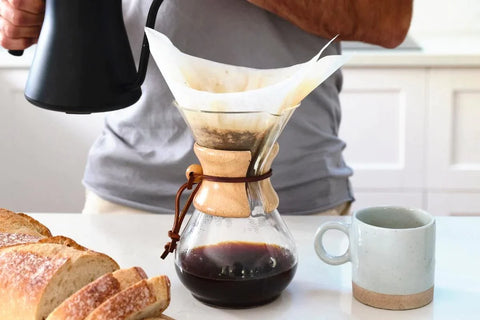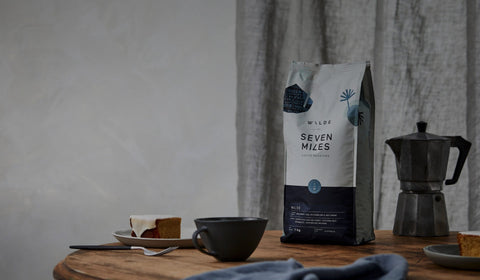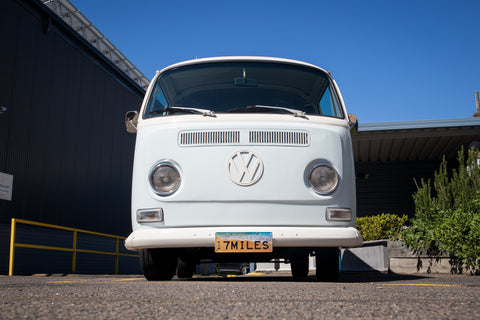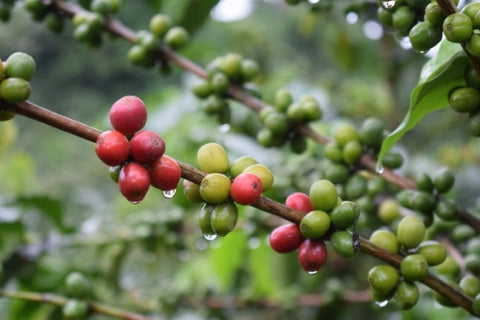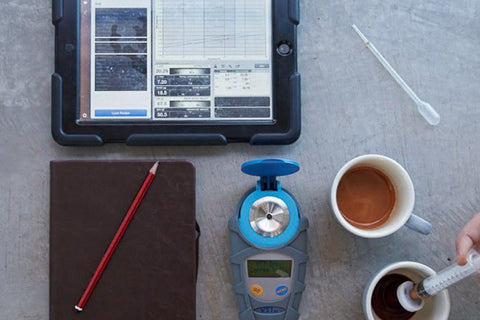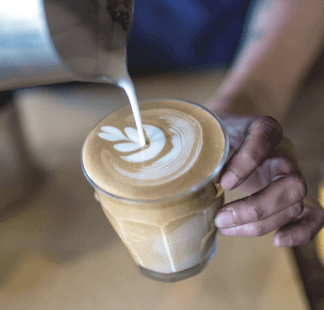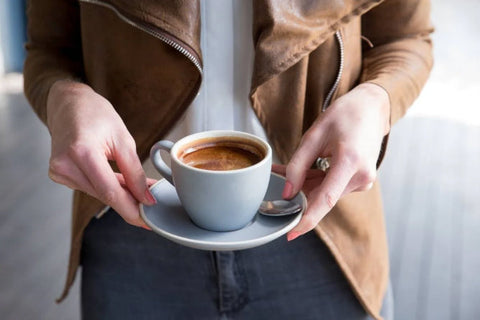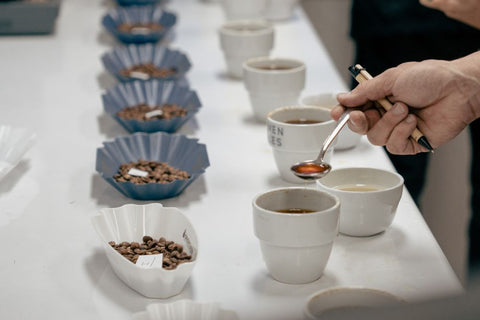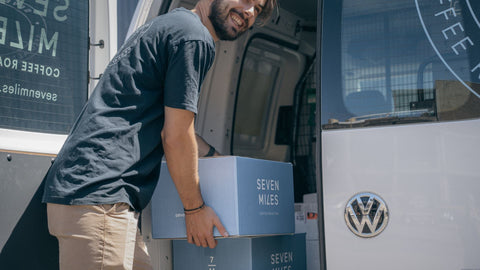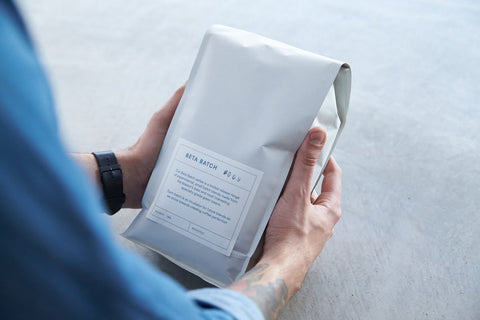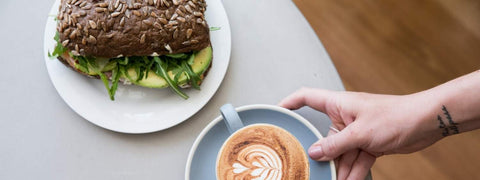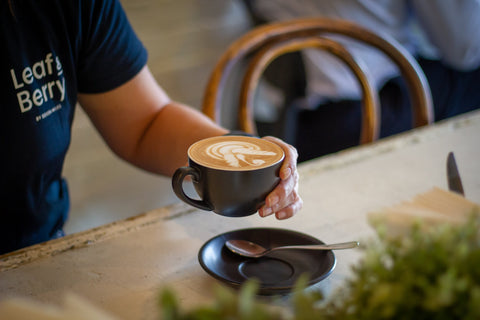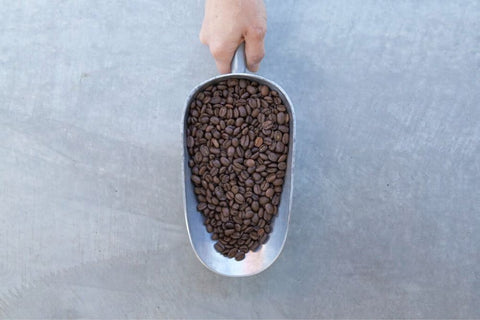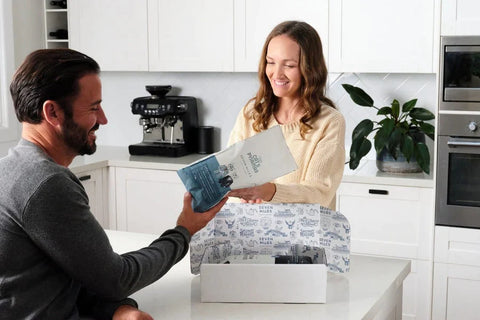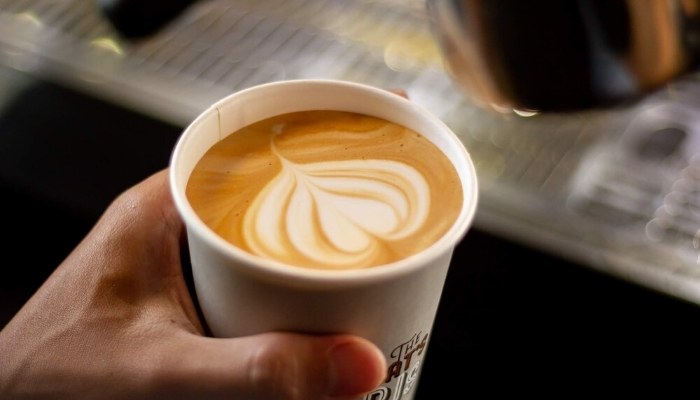
Back when espresso was invented, it was short and concentrated and the original inventors thought it was perfect (circa 1901). In 1938 “Natural Creame” coffee was invented, or as you and I know it - crema.
Still, the espresso was short. Somewhere around that time, frothed milk was being added to the mix to create the cappuccino which, still to this day, is the most popular coffee-based beverage in the world. It was originally one ounce of espresso and four to five ounces of milk, with dry, frothy milk foam - and no chocolate on top. T
he cup was filled beyond the top because with the added foam, it still didn't quite fill the cup, so that you were able to pick it up and drink it comfortably. It was a delightful drink to have with some biscotti for breakfast and it was rarely sold in the afternoon - probably only to tourists.
Coffee in North America
Here we introduce the North Americans, and by no means was this their first step into coffee. North Americans had been brewing coffee for years prior, just not espresso. The North American market was, and still is, a very strong filter brewed coffee market. I love the traditional cup o' Joe you can get from a classic American diner and they are getting better at it.
However, the US coffee market is based on convenience, so it was only inevitable that coffee soon became a takeaway beverage. It began in the sixties with the first examples of a Styrofoam cup, with Seven Eleven being behind the explosion of take away coffee.
They came in a few sizes; eight ounce, 12 ounce, 16 ounce and later on, the 24 ounce. The method of grabbing your cup of choice and filling it with some fresh brewed coffee from an airport became the norm. Colombia, Brazil, Ethiopia - it was your choice.
Takeaway coffee & Espresso
In the 80's & 90's, Starbucks began to make their mark on how the world consumed espresso coffee. Espresso was more of a foreign concept in the USA, so Starbucks really hit the market hard. They sold concentrated coffee with all of this delicious sweet and creamy milk on top, plus froth. Of course, as it expanded, the espresso became available in all the same sizes - small, (eight ounces), medium, (12 ounces) and large (16 ounce) – and here's where a little problem began. For espresso coffee, we try to set standards so that the coffee is consistent throughout the various sizes. In an in-house setting, ideally your small would have one shot of espresso and your large would have two. This way, when we fill them up, they taste the same side by side with a good milk-to-coffee ratio. Often this is a challenge. Current cup manufacturers give you a plethora of sizes often missing the one thing we need – synergy! The original cappuccino was five to six ounces. A cup with one ounce of espresso, and four to five ounces of milk, measures five to six ounces – that’s roughly 150 mL to 180 mL – while an eight ounce cup that has a fill line for filter coffee measured to the top can contain up to 10 ounces of liquid.
The problem
See the pattern yet? An eight ounce cup measures 10. A 12 ounce cup measures 14. And a 16 ounce cup measures 18. Historically, cafes will treat these cups the same way we do our in house. One shot of espresso in a small, two in a large, and for the 16 ounce, we have three shots.
Remember the traditional cappuccino?
One shot of espresso in four to five ounces of milk and foam. If you break down the takeaway sizes into ratio, an eight ounce cup would contain one ounce of espresso and eight to nine ounces of milk. A 12 ounce cup would contain two ounces of espresso and 11 to 12 ounces of milk, making it a ratio of one ounce of espresso to five and a half to six ounces of milk. A 16 ounce would contain three ounces of espresso and fourteen to fifteen ounces of milk, making it a ratio of one ounce of espresso and about four and a half to five ounces of milk. This actually makes the 16 ounce takeaway the closest takeaway drink to the true ratio.
Put simply, the system has been broken for a long time and instead of fixing it, the coffee industry made a compromise - large doses of coffee well over the basket size of 18 – 21 grams, sometimes as big as 28 – 30 grams. This puts a strain on the components and balance of espresso.
Another compromise was the introduction of the double ristretto, which created flavour and strength, but missed out on any consistency over the range of cups and again, compromised on balance.
I know a lot of people reading this brew their coffees as a ‘double riz’ and many drink it to create strength in a cup. This is usually because of a cup limitation, but there will still be a compromise on flavour. The aim will always be consistency - right down to the obsessive pursuit, to be able to give a customer the same flavour, regardless of whether the coffee is small or large, takeaway or have here. This gives a Barista more scope to add individual changes to a drink with a solid base like that.
So what’s the problem?
Well, most takeaway cup manufacturers release a cup size with the intention that a cup isn’t filled, whilst crockery manufacturers don’t. We still have a very loose idea of what cup sizes there should be. Even a lot of specialty cafes today are using a six ounce cup but when measured, contains eight ounces, and I’ve already mentioned the problems with the 12. Some crockery manufacturers and resellers decide on a cup size because it “looks big enough” or a 12 ounce for a large “looks too big!” I’ve actually heard those comments before. It’s scary how loose this is.
